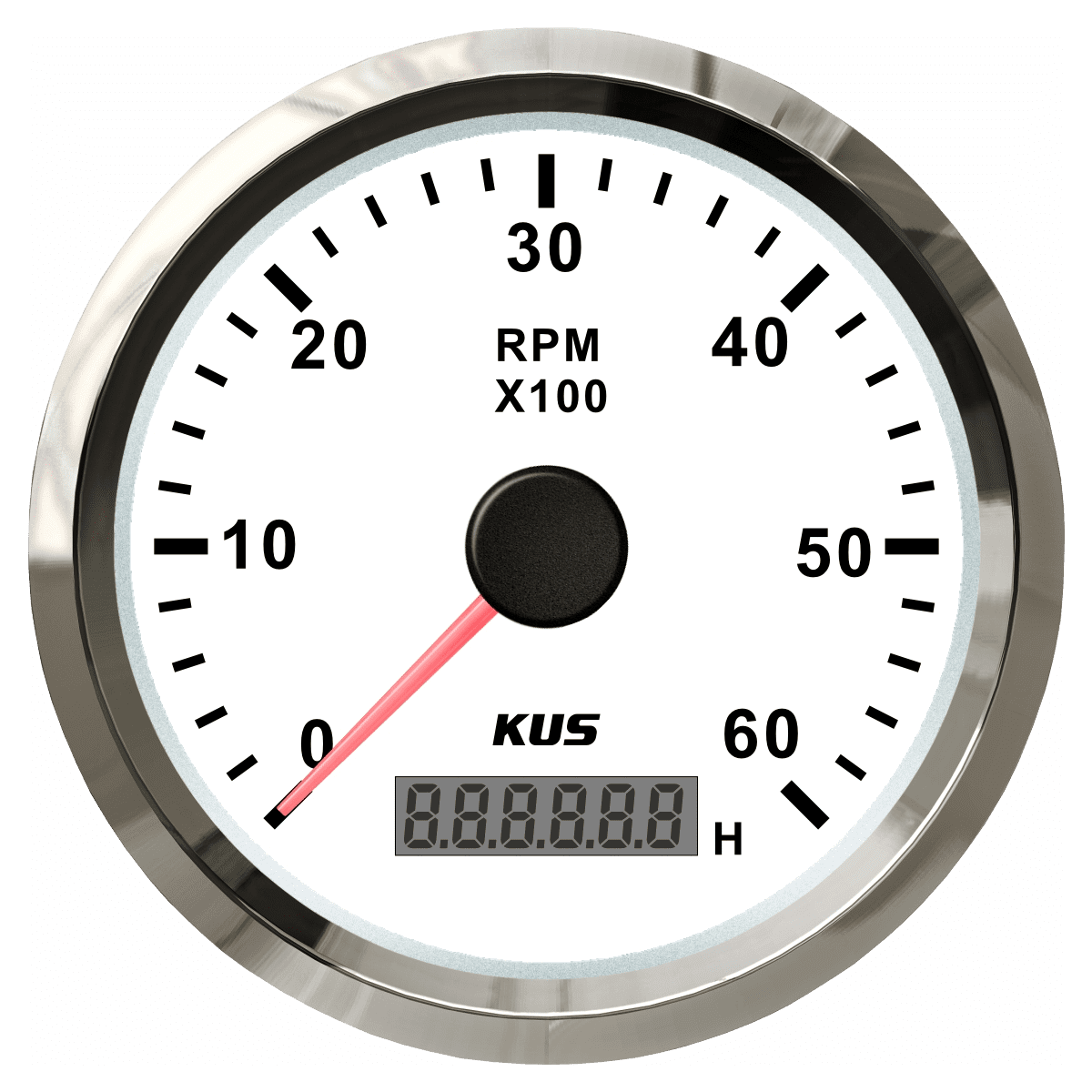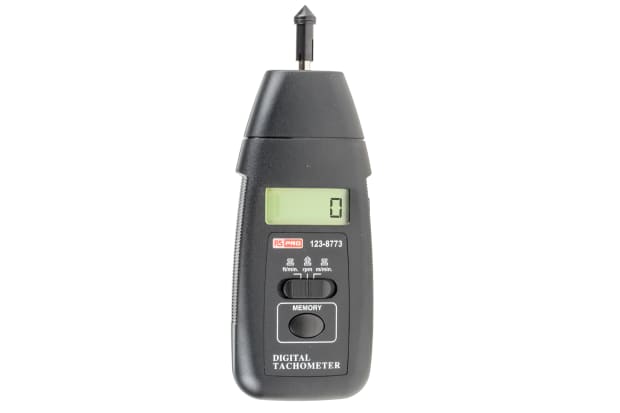The Relevance of a Tachometer in Monitoring Engine Speed and Efficiency in Automotive Applications
In the world of automotive engineering, the tachometer stands as a pivotal instrument in the motorist's collection, giving a direct home window right into the internal workings of a lorry's engine. Beyond its function as a plain gauge of transformations per minute (RPM), the tachometer offers as a vital device for lovers and specialists alike, offering real-time insights right into engine performance and health.
Relevance of Keeping An Eye On Engine RPM
Checking engine RPM, or revolutions per minute, is a crucial aspect of automobile upkeep and performance evaluation. Engine RPM straight associates with the speed at which the engine's crankshaft revolves, showing just how rapidly the engine is running - tachometer. By keeping an eye on RPM, mechanics can examine the health and wellness of the engine, identify potential problems, and fine-tune performance. An abnormal RPM reading may indicate issues such as engine misfires, malfunctioning ignition system, or issues with the gas distribution system. Constantly high RPM analyses might show hostile driving habits or the need for a higher equipment change to boost gas efficiency.
In addition, checking engine RPM is necessary for performance analysis in auto racing and high-performance vehicles. Maintaining ideal RPM levels is essential for achieving peak power result and acceleration. Racers often utilize tachometers to ensure they are running within the excellent RPM range for maximum efficiency. In summary, keeping track of engine RPM is not just vital for spotting issues however also for optimizing engine efficiency in numerous vehicle applications.

Benefits of Real-Time Data
In auto applications, real-time data plays an important function in offering instant insights into the efficiency and condition of the vehicle. By continually checking numerous criteria such as engine rate, temperature, fuel usage, and a lot more, real-time information supplies many benefits that add to improved effectiveness and security when driving.
In addition, real-time data assists in efficiency optimization by offering immediate feedback on driving routines and engine efficiency. Vehicle drivers can adjust their behavior in real-time based on this details to attain far better fuel economic situation and extend the lifespan of their lorry.

In addition, real-time data plays a vital role in modern-day automobile diagnostics, allowing service technicians to swiftly diagnose and attend to malfunctions. This brings about decreased downtime, reduced maintenance expenses, and ultimately, boosted overall automobile dependability and her explanation long life (tachometer). By using the power of real-time information, auto stakeholders can make informed decisions that favorably influence both the performance and long life of the car
Effect On Equipment Shifts
Reliable gear shifts in automotive applications significantly affect total efficiency and driving experience. The tachometer plays an essential duty in optimizing equipment changes by giving real-time engine rate information to the driver. When approaching the redline on the tachometer, it signifies the chauffeur to upshift to avoid over-revving the engine and triggering possible damages. On the other hand, downshifting at the best minute can assist preserve the engine site in its power band, ensuring responsive velocity when required.
In addition, the tachometer aids in achieving smoother gear transitions, especially in manual transmissions. By keeping an eye on engine speed, vehicle drivers can carry out gear shifts at the optimal RPM range, reducing jerking activities and lessening endure the transmission components. This precision on duty modifications not just boosts driving convenience yet additionally contributes to fuel performance.
Enhancing Gas Efficiency
Provided the important duty the tachometer plays in enhancing gear shifts for efficiency and engine health, it directly adds to maximizing fuel performance in vehicle applications. By offering real-time responses on engine rate, the tachometer assists drivers in keeping one of the most efficient RPM variety for gas economic climate. When vehicle drivers consistently keep track of the tachometer and readjust their motoring routines as necessary, they can avoid unnecessary fuel usage brought on by over-revving or carrying the engine.
Moreover, the tachometer aids vehicle drivers recognize the most fuel-efficient gear to be in at any provided minute, preventing the engine from functioning more difficult than necessary. In verdict, the tachometer serves as a useful device in improving gas effectiveness by advertising optimal driving practices and identifying locations for renovation in the lorry's efficiency.

Taking Full Advantage Of Engine Long Life
The tachometer's function in monitoring engine speed and efficiency is crucial in guaranteeing the longevity of auto engines. Monitoring the tachometer allows chauffeurs to stay within the suggested RPM range for their automobile, protecting against unnecessary strain on the engine and prolonging its lifespan.

Final Thought
Finally, the tachometer plays an essential role in keeping track of engine rate Visit This Link and performance in automobile applications. By offering real-time data on RPM, it permits for reliable gear changes, boosted gas performance, and taken full advantage of engine longevity. This tool is essential for preserving optimum engine efficiency and making certain the total performance of a car.